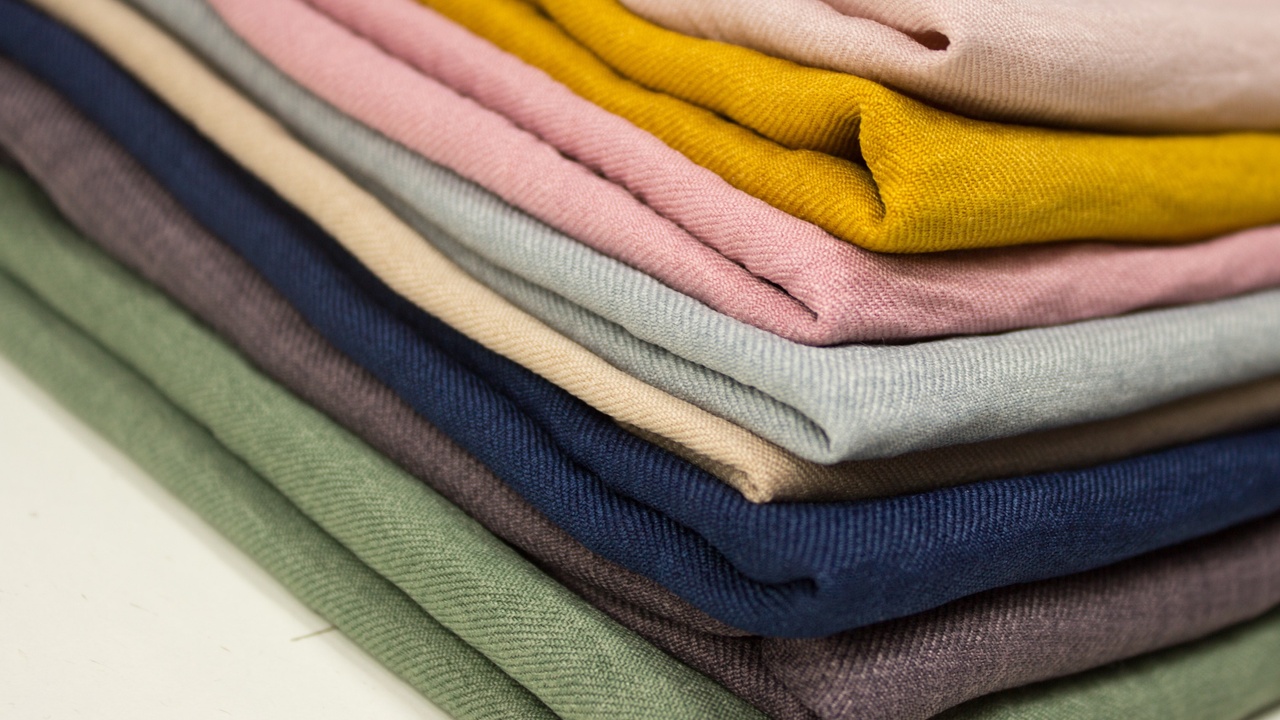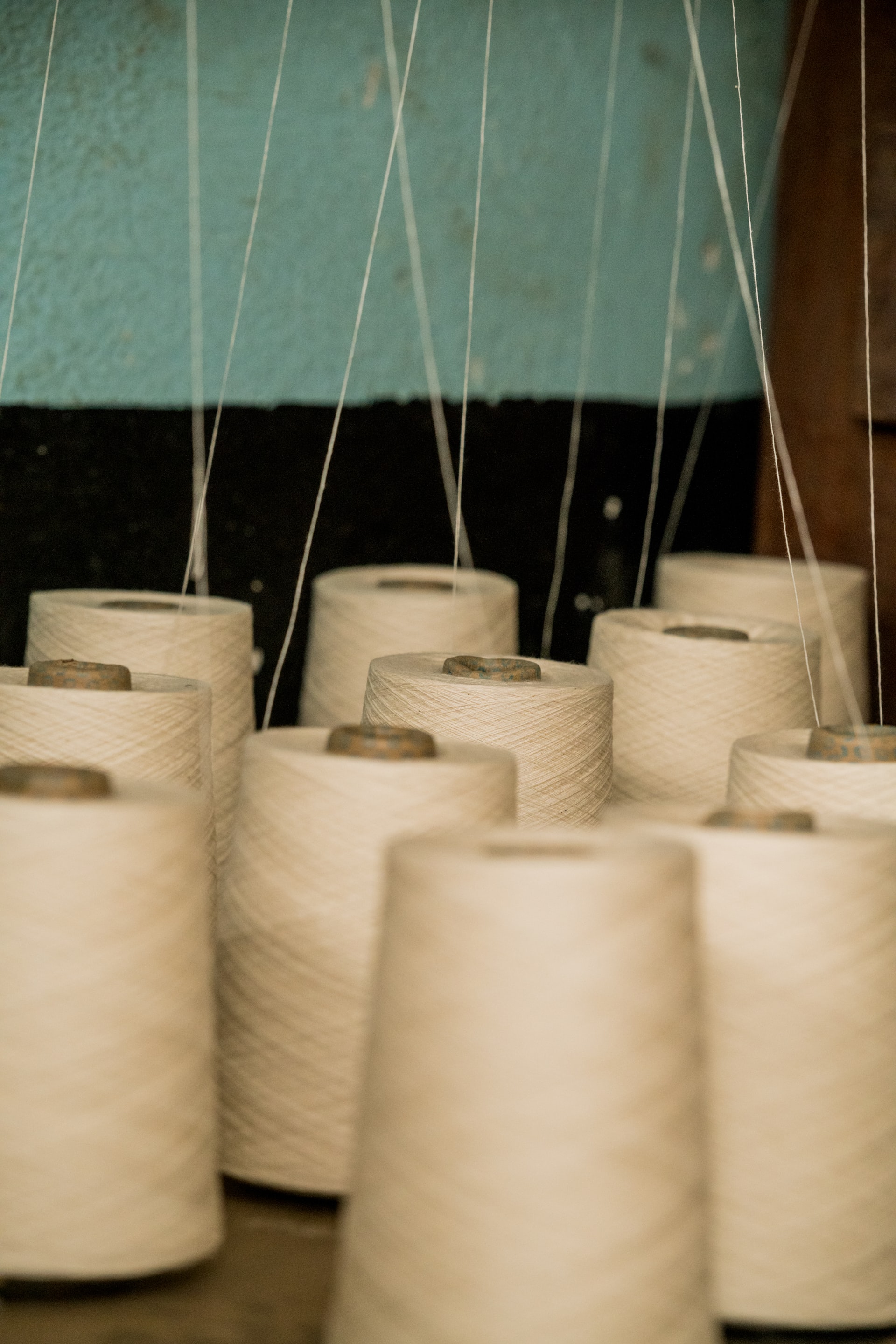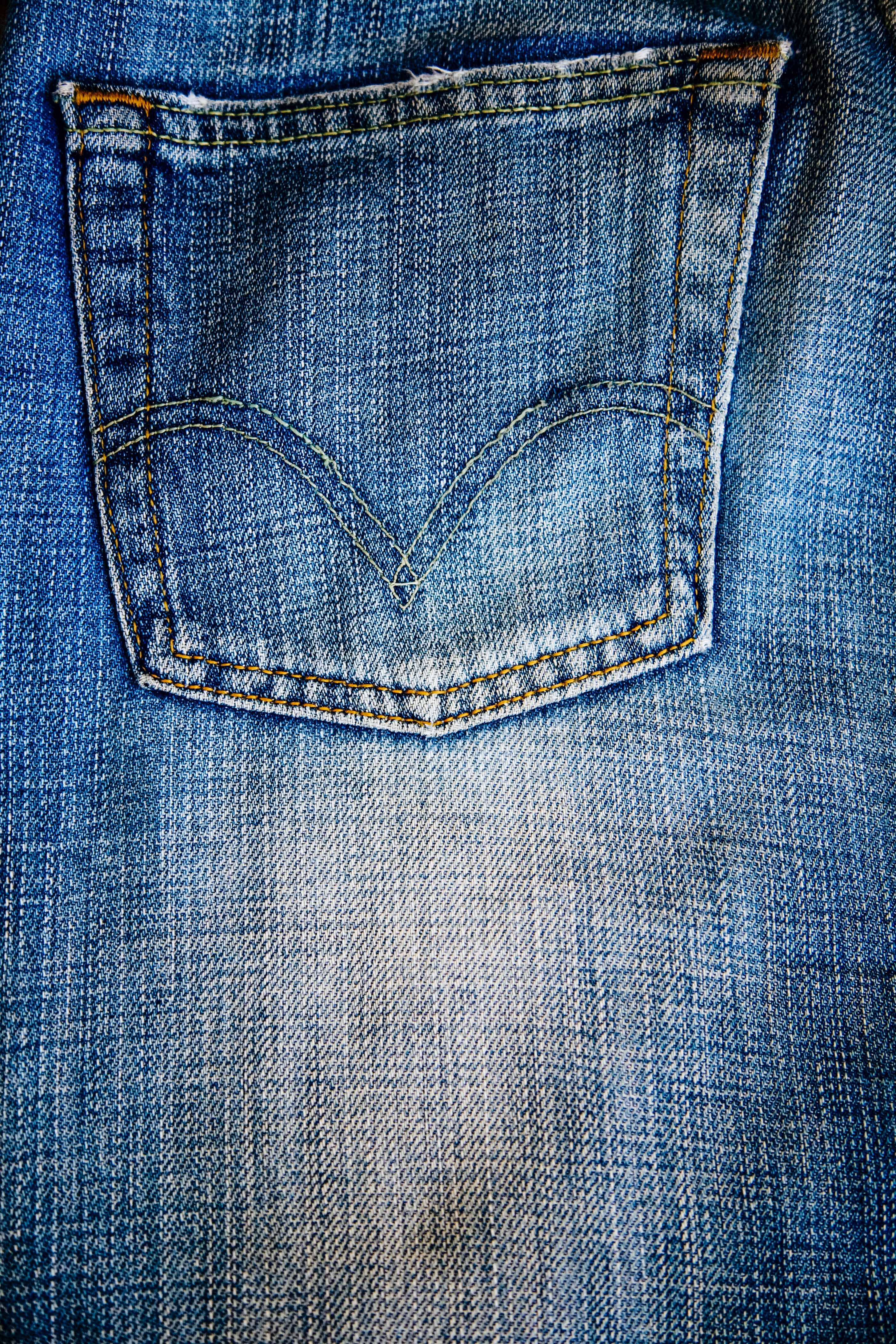Are We Spending Too Much Time (and Money) on Sustainable Materials?
Jul 22, 2022
If you saw our last update of the MWF Newsletter, you saw that we covered an article from Forbes journalist, Brook Roberts-Islam. In her latest piece, Roberts-Islam explores whether sustainable materials are really helping brands meet climate targets.
Buckle up because I have a lot of questions and we’re going to explore all the rabbit holes.
What even is a sustainable material??
I was at a cocktail party over the weekend and after telling our small group about what I do for a living, someone asked me “what does sustainability mean?” I was stumped. As someone who makes a living researching sustainability and writing about the topic, I couldn’t think of a strong, all-encompassing definition of sustainability.
But then it hit me - maybe sustainability looks different to everyone. Maybe “it depends” (shout out to Derek’s favorite phrase) on what you’re most passionate about. What did I tell him?
“The best way I can define it is creating the least social and environmental impact as possible.”
I know… not great. After that conversation and reading Roberts-Islam’s article, I felt like we should talk about sustainability in the apparel industry and hopefully find some clarity.
A sustainable material has classically been defined as something made from post-consumer recycled material, fully recyclable, non-harmful, compostable, biodegradable, with no petrochemical derivatives, and/or no animal products. Not to mention the elephant in the room - circular materials. But that’s a topic for another day.

However, with all these guardrails in place, there are still factors we have to take into consideration.
- Taking post-consumer waste and recycling it takes a lot of energy.
- Making a fully recyclable item would be great if we had better recycling programs.
- The same issue is true with composting.
- Petrochemicals are used across the entire value chain, not just in the synthetic material.
- Animal products, like leather, create some of the strongest and most durable products.
I apologize if this sounds pessimistic, but I think this highlights one of the most important things to consider when making materials decisions - there will always be trade-offs. We don’t have any perfect solutions yet and now we’re getting into our larger issue…

Should we even be focusing on sustainable materials?
The answer is a resounding yes. If you work in product development or you’re a designer you should absolutely be trying your best to get your hands on recycled materials or alternatives to fossil-fuel-derived synthetics.
However, leaders and board members, it’s time to start looking beyond materials. Investing in sustainable materials, like what Inditex and H&M Group have done is great, but it’s time to expand the horizon. Directing capital to more sustainability initiatives will keep your brand relevant and keep you out of the greenwashing spotlight.
While switching the sustainable materials is a great leap in the right direction, brands cannot lean on this alone. Brands must also look at energy sources, waste, and supply chain traceability/transparency (and this is just to name a few initiatives). Materials are often the shiny object that brands are drawn to because it’s easier to do (frankly), and easier to communicate to the customer than explaining switching from fossil fuels to renewable energy across the supply chain.
Dedicating money to these less flashy initiatives is important though because not everything a brand does should be for the customer. The larger practices like EPR, renewable energy, and ethical supply chains are about way more than impressing your customers. And sure, while everyone likes to receive praise and compliments, we shouldn’t be in the sustainability business if we’re only looking for applause.
If your brand is really truly dedicated to changing the way business is done, then it’s time to step beyond sustainable materials. While this process doesn’t happen overnight, creating a strategy and time-bound goals will set you on the right path. Your customers and employees will stick with you and if anything, your community will grow. Think outside of the box, be innovative, and get excited - you’re creating a new culture within your organization.
“I don’t know how to start”
I know what you’re thinking, “that’s easier said than done.”
While you may be right, there’s nothing as persuasive as persistence. Remember when Derek talked about resilience? If you forgot, I’ll leave it right here, but recall that resiliency is a part of the sustainability process. You’re going to face pushback, get knocked down, and question what you’re doing. Get up, dust yourself off, and try again. The great news? You’re part of the Crew and this community is here to help you celebrate your wins and support you through the challenges.
Derek has a number of resources available and The Underswell team is happy to help you through whatever you may be going through. Shoot us an email at [email protected] and we’ll support you in any way we can!
Want more Underswell content? Join us in our LinkedIn Group where we talk about all things sustainability. Plus, sign up for our MWF Newsletter to get quick sustainability insights and news.
Thanks for joining us and we’ll catch you guys later!
McKenzie
#keeplearning #sustainablematerials #sustainablefashion
